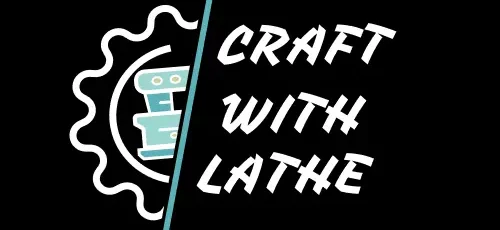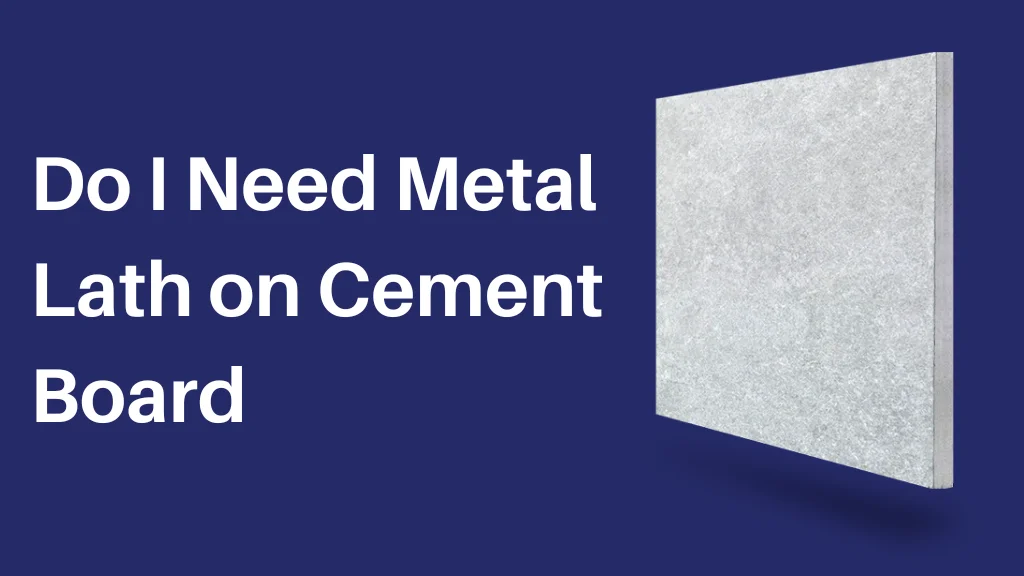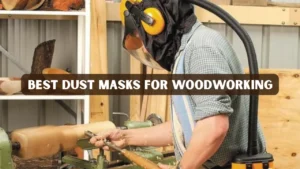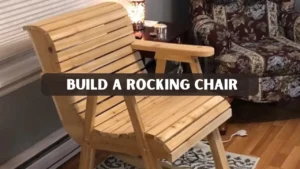Do I need metal lath on cement board in your construction systems? Which helps you decide whether you need metal lath with cement board. Using lath with cement board is a common practice in certain construction and tiling operations, but it’s not always necessary. It’s essential to consult with construction professionals or experts and relate to good sources for specific guidance on whether you need to incorporate lath into your design.
Do I Need Metal Lath on Cement Board?
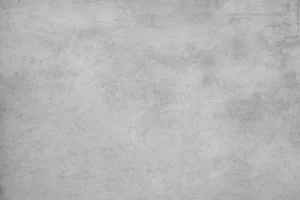
The decision to use metal lath with cement board depends on the specific conditions of your design and the type of finish you want to achieve. Here are some considerations to help you decide whether you need an essence lath with cement board
- Pipe Installation: When installing penstocks in wet areas like bathrooms, kitchens, or out-of-door operations, using a lath with cement board can give fresh strength and stability for the pipe installation. It helps prevent pipe and grout from cracking due to substrate movement.
- Non-Tile Operations: If you are using a cement board for non-tile operations, similar to creating a base for decoration or other home stretches, a metal lath may be necessary to give the right face for fixing.
- Impact Resistance: In high business areas or places where the substrate might be subject to impact, similar to a wall that could get hit or a bottom where heavy objects might be dropped, adding essence lath can support the cement board and make it more resistant to damage.
- Thin-Set Mortar: When using a thin-set mortar to divide penstocks to the cement board, the essence lath can help produce a strong bond between the substrate and the pipe, reducing the threat of penstocks bursting loose over time.
- Building Canons: Check with your original structure canons and regulations, as they may specify when and where essence lath is needed for specific operations.
- Mastermind/ developer: Recommendations If you are working on a design with input from a mastermind or developer, they may have specific recommendations for the use of lath grounded on their design and performance claim.
Metal Lath Vs Cement Boards
Metal Lath
- Metal lath is a kind of network made from many kinds of metals, similar to iron, swords, etc. Essence lath has different types- distance lath, diamond mesh lath, and line lath are the most common types.
- Metal lath is extensively popular for gravestone thin covering because it helps the mortar to stick firmly to the gravestone. When essence lath is installed, its holes help capture the plaster and bed it properly.
Cement Board
- Another useful thing for gravestone covering is the cement board. Cement board is popular for use as a thin covering because of its water-resistance quality.
- When you install a stone veneer over drywall, the paint may wear off, or humidity may damage the wall.
- That’s why a cement board is used for installing gravestone veneers. It saves the main wall and keeps the heavy stone from it.
Is a metal lath needed with cement board?
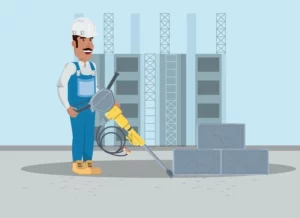
Yes, metal lath is often required along with cement board when installing a gravestone in corner areas. This is because cement boards are rigid and cannot easily bend to fit into corners. To fill the gaps created in these areas, laths provide the needed flexibility and support. Additionally, using metal lath across the entire wall, not just the corners, can add redundant strength and improve the overall durability of the installation. This combination ensures a more secure and long-lasting finish.
What Differently Don’t You Need When Using A Cement Board?
Numerous expert contractors agree that using a cement board for gravestone thin cover installation makes the work ready. The reason is that you only need the cement board, gravestone cover, and mortar.
- Essence Lath If you’re befitting a gravestone on cement board, lath is the last thing that should be on your mind. Installers frequently use metal lath when applying stone veneers to surfaces that aren’t rigid or structurally sound.
- Include drywall, gypsum, or OSB. However, you can swear to how durable this material is if you have used cement board. Thus, it doesn’t need the underpinning of lath.
- Waterproofing Membrane A waterproofing membrane is also free when installing a gravestone-thin cover on cement boards.
- Cement boards can withstand constant exposure to humidity and water without losing their shape. Unless you would like to keep the material behind the cement board humidity-free, there’s no need to use a waterproofing membrane.
Conclusion
Do I need metal lath on cement board isn’t always necessary, but it depends on the specific conditions of your design and the type of finish you want to achieve. It can be beneficial for pipe installations in wet areas, areas prone to impact, or when using thin-set mortar for relating penstocks. Original structure canons and the recommendations of engineers or constructors may also impact your decision. While cement board alone is suitable for numerous operations.
FAQ’s
What size essence lath should I use?
What face do I need Essence Lash on?
For all surface operations, install the essence lath and scrape fleece on the structurally sound rigid sheathing. Note: For clean and uncoated concrete and masonry surfaces, you can apply stone veneer directly without using metal lath or scratch coat. As a further note, when in mistrustfulness, install the essence lath and scrape fleece.
How should the lath be applied?
What’s the purpose of brushing the joints?
Brushing the joints helps to produce that clean, natural gravestone look. It’ll remove any tooling marks made in the mortar.
How do I clean mortar off monuments?
A mild ginger and water result will work; don’t use just water as it’ll leave a milky residue on the gravestone.
